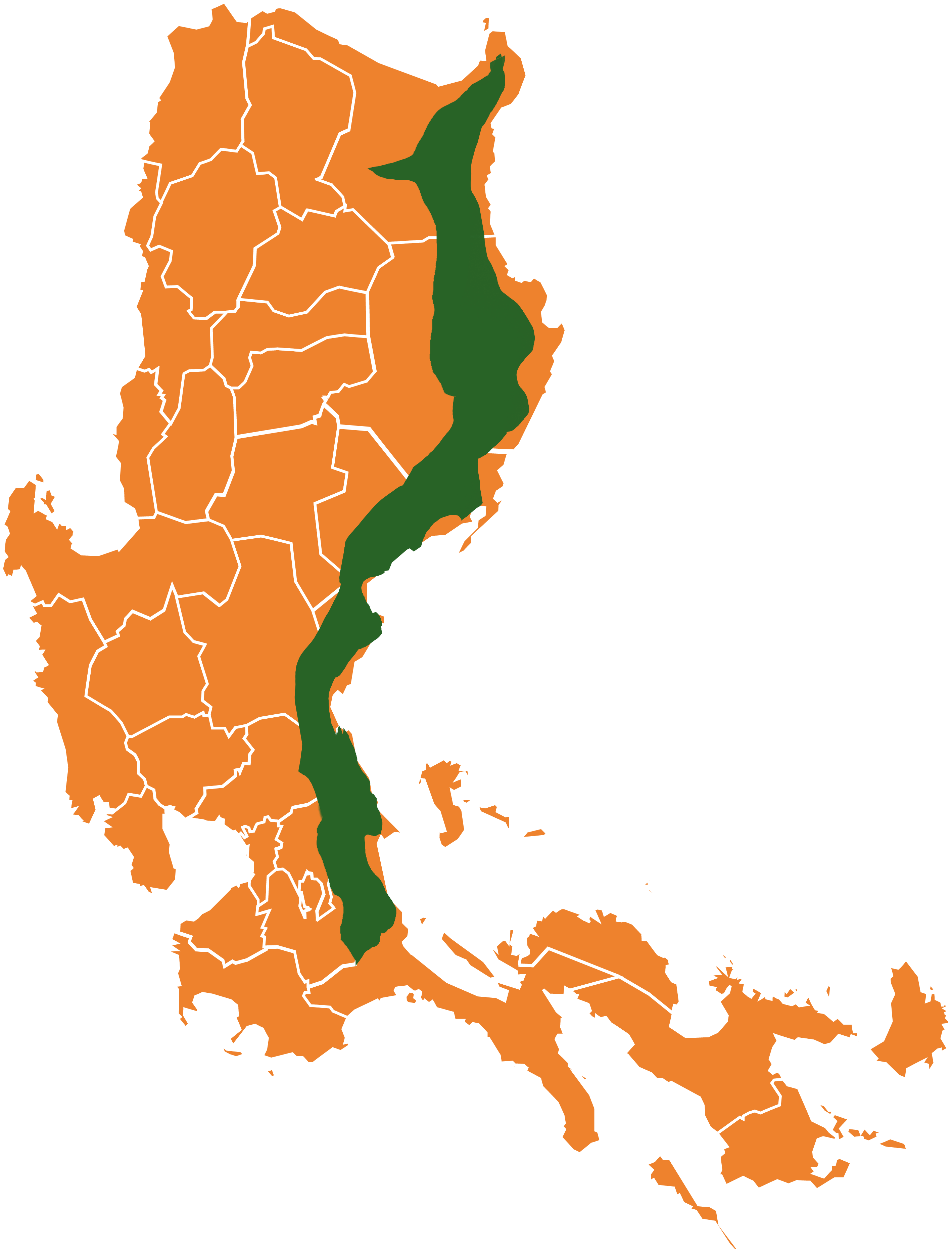
Environmental Legacy
The Sierra Madre mountain range, often referred to as the “Backbone of Luzon,” is the longest mountain range in the Philippines, extending over 540 kilometers from Cagayan in the north to Quezon in the south. This extensive range plays a crucial role in the country’s ecological balance and environmental stability.
The Sierra Madre is a vital ecological stronghold in the Philippines, playing a crucial role in sustaining both local communities and the broader environment.
Fauna
The Sierra Madre’s extensive and varied habitats support a multitude of animal species, many of which are rare or endangered.
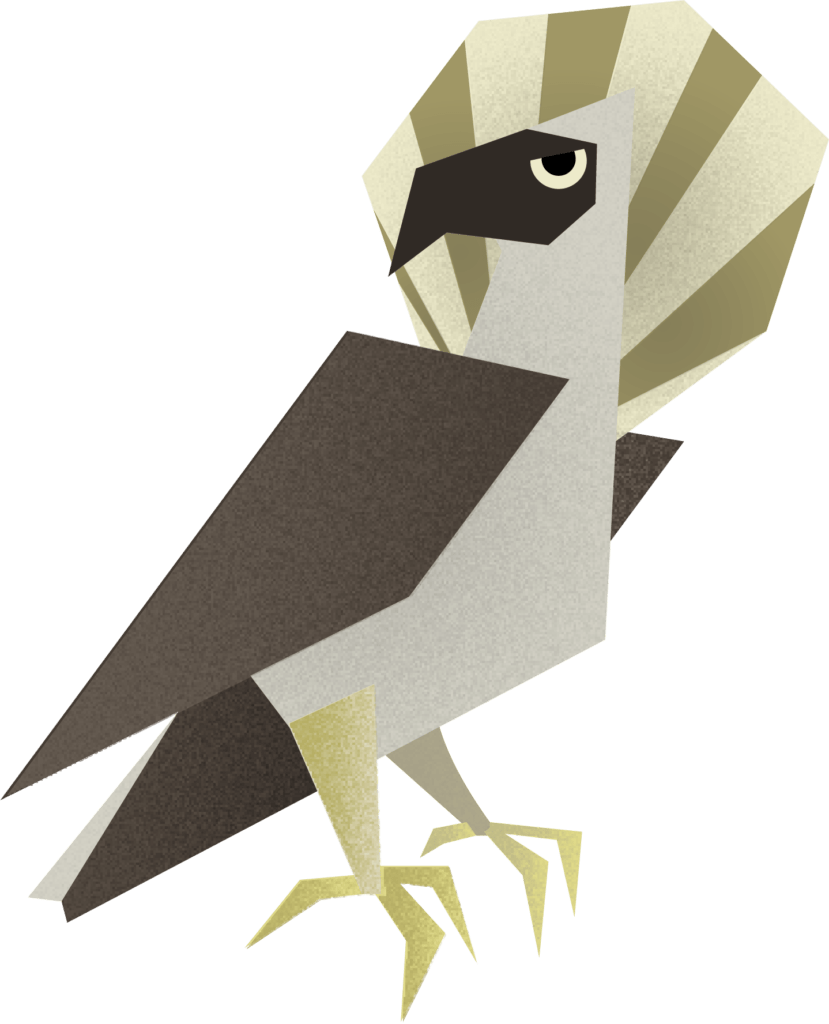
Philippine Eagle
The Philippine eagle (Pithecophaga jefferyi) is a critically endangered raptor endemic to the Philippines. Notably, it is the world’s longest eagle species, measuring over 3.3 feet in length, and weighing up to 18 pounds. In the Sierra Madre region, particularly around Mount Mingan, conservation efforts have established critical habitats to protect this majestic bird. Despite these measures, the species continues to face threats from deforestation and hunting.
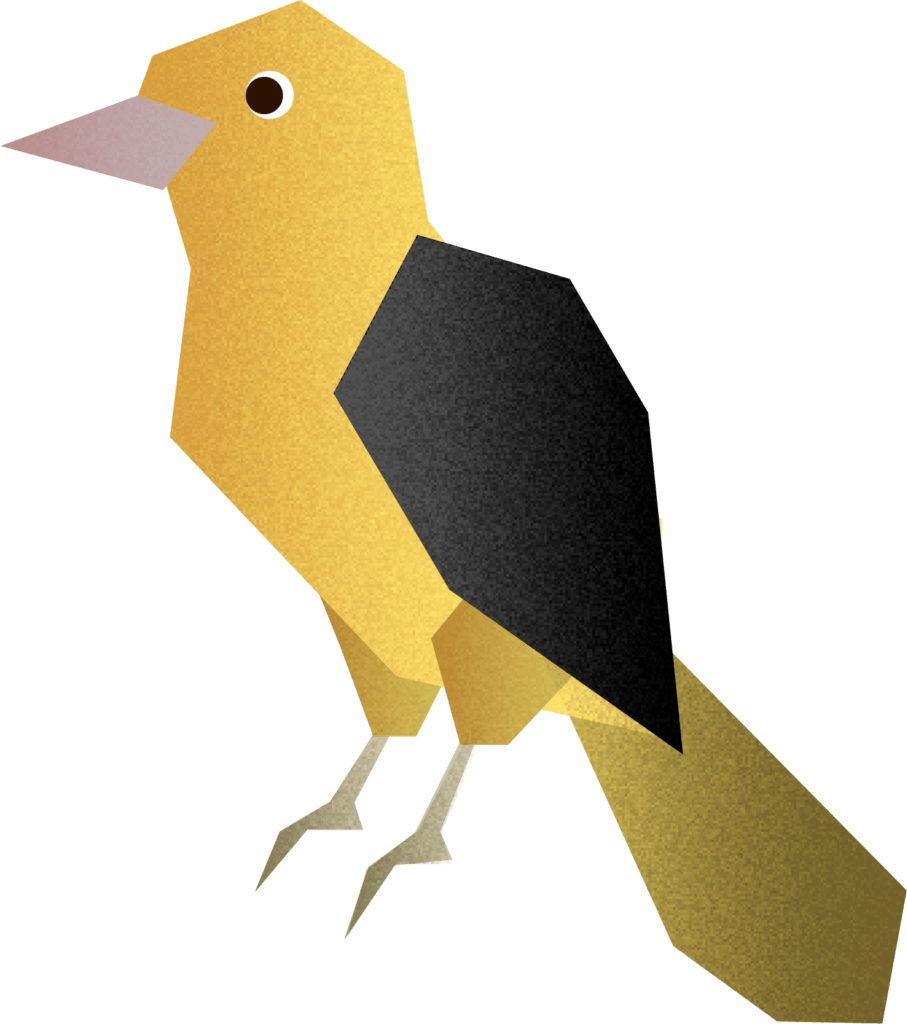
Isabela Oriole
The Isabela oriole (Oriolus isabellae) is a critically endangered bird endemic to Luzon, Philippines. Characterized by yellow underparts blending into olive upperparts and a fairly long silver bill, it inhabits lowland forests, including secondary habitats and bamboo areas. The species was presumed extinct until its rediscovery in the 1990s. Current population estimates range from 50 to 250 mature individuals, primarily threatened by habitat loss and hunting.

Rufous Hornbill
The Rufous Hornbill (Buceros hydrocorax), also known as the Philippine Hornbill or “Kalaw,” is a large bird endemic to the Philippines, notably found in the Sierra Madre region. This hornbill is recognized for its dark body, rufous-colored thighs, chest, and neck, a whitish tail, a prominent red casque, a long red bill, and a black face. Despite being locally common in areas like the Sierra Madre, the species faces threats from hunting and habitat loss, leading to its classification as vulnerable globally and endangered within the Philippines.
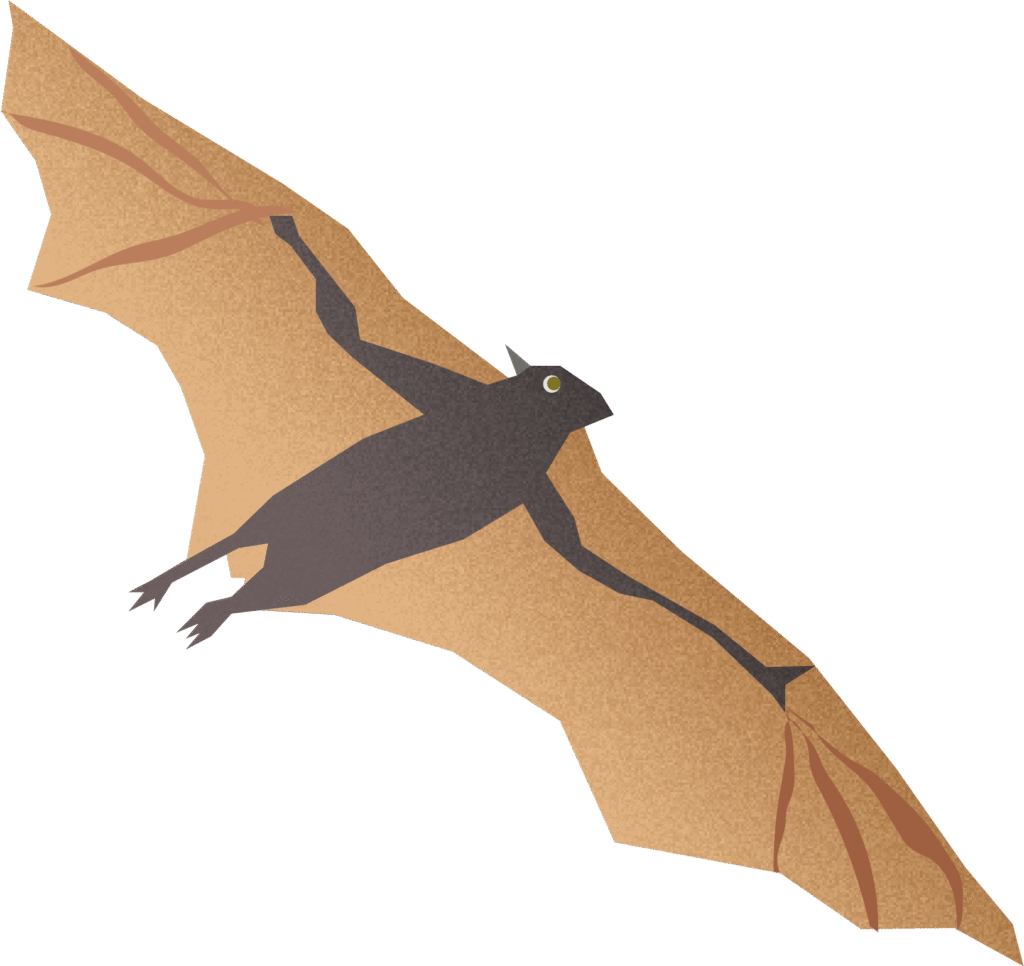
Giant Fruit Bat
One of the largest bats in the world, also known as the Giant Golden-Crowned Flying Fox (Acerodon jubatus) is a majestic megabat endemic to the Philippines. With its striking appearance, this nocturnal fruit-eater roosts in treetop colonies, playing a vital role in seed dispersal. However, deforestation and hunting have rendered it endangered, requiring urgent protection to preserve forest health.
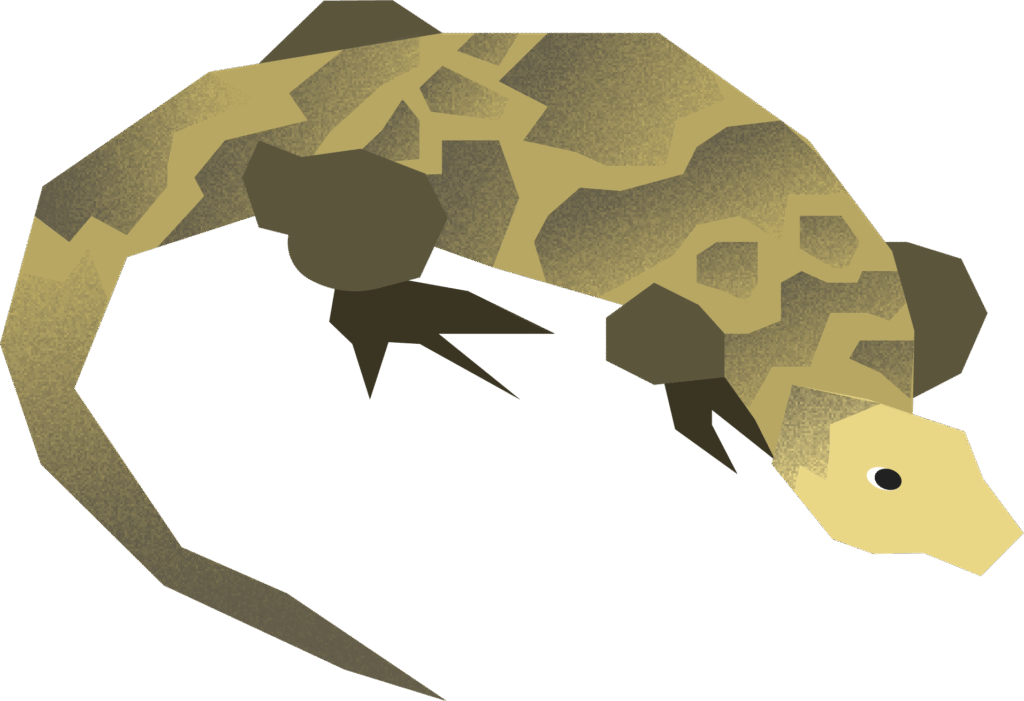
Bitatawa
The Northern Sierra Madre forest monitor (Varanus Bitatawa), known locally as bitatawa or baritatawa, is a rare arboreal monitor lizard native to the northern Sierra Madre. Distinguished by its black body covered in bright golden-yellow spots, this tree-dwelling giant feeds on fruits and can grow nearly two meters long. Unfortunately, habitat loss and illegal hunting threaten its survival.
Flora
The mountain range boasts a rich and diverse array of plant species, many of which are endemic to the region. This biodiversity is attributed to the range’s unique climatic conditions and varied ecosystems.
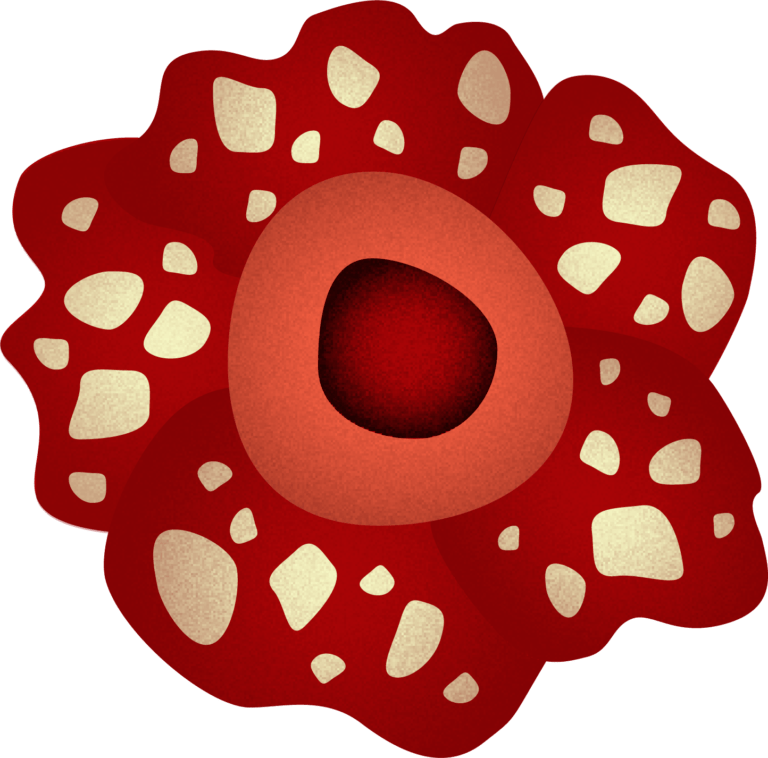
Rafflesia
The Rafflesia (Rafflesia aurantia), often called the “corpse flower,” is a rare parasitic plant known for producing the world’s largest individual bloom, measuring up to one meter across. Lacking roots, stems, or leaves, it emits a strong odor of decaying flesh to attract pollinators.

Hagimit
The Hagimit (Ficus minahassae) is an endemic fig tree of Sierra Madre, vital to the ecosystem, serving as a key food source for countless bird species like hornbills.
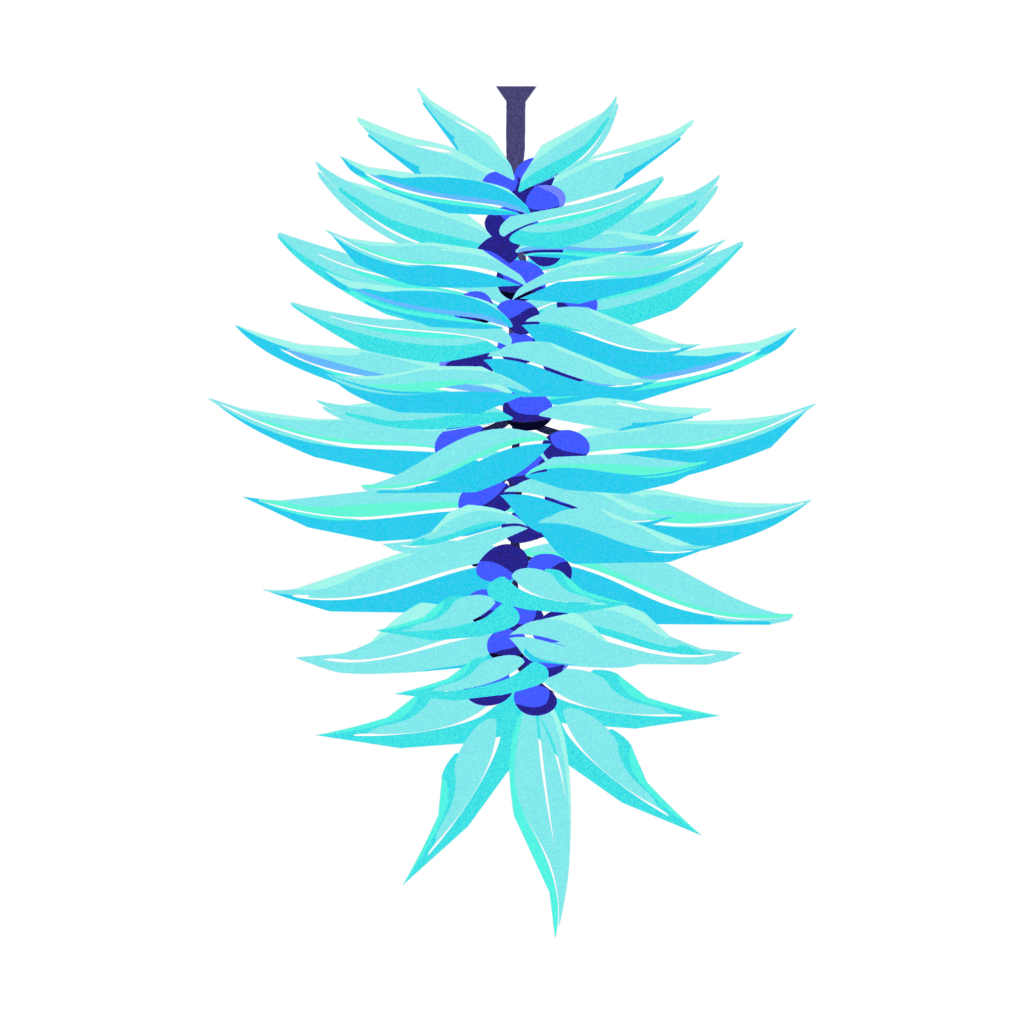
Jade Vine
The Jade Vine (Strongylodon macrobotrys) has some of the most extraordinary flowers of any plant, with enormous, metre-long spikes of brilliant turquoise blooms hanging from the scrambling stems usually in April or May. In the wild, these jade vines attract tropical bats, which carry pollen from one plant to the next.
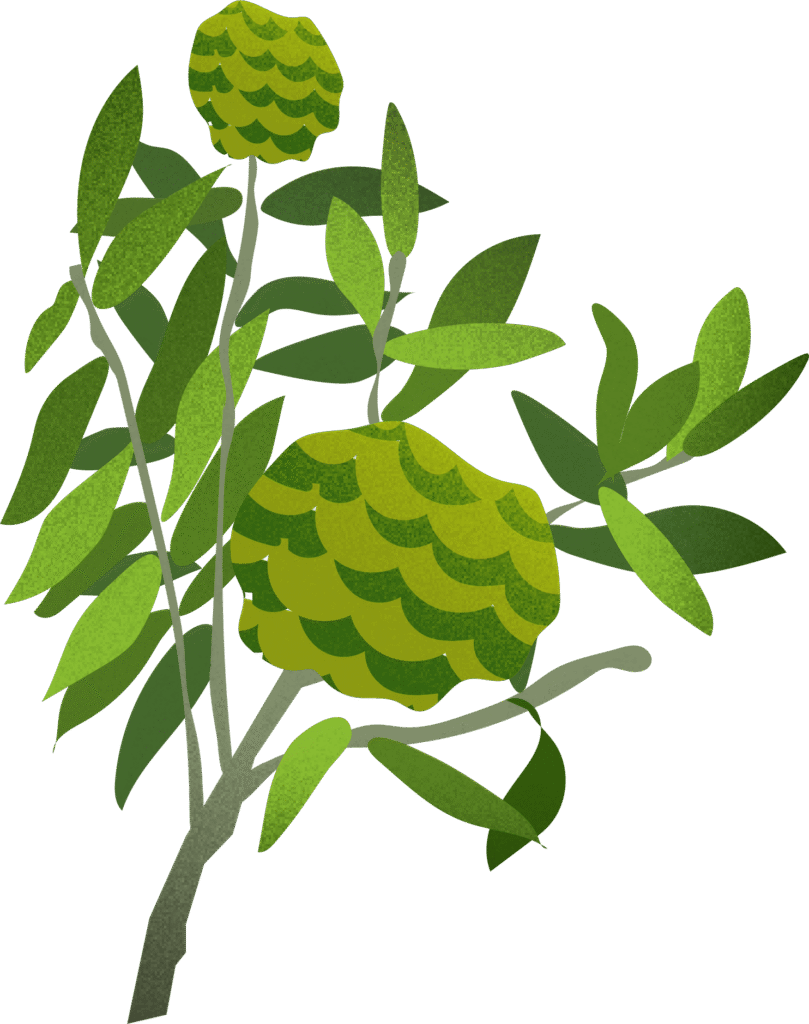
Almaciga
The Almaciga (Agathis philippinensis) a towering tree found in the Sierra Madre, valued for its resin (Manila Copal) used in varnish, incense, and traditional practices. Its presence supports forest ecosystems making it both economically and ecologically significant.
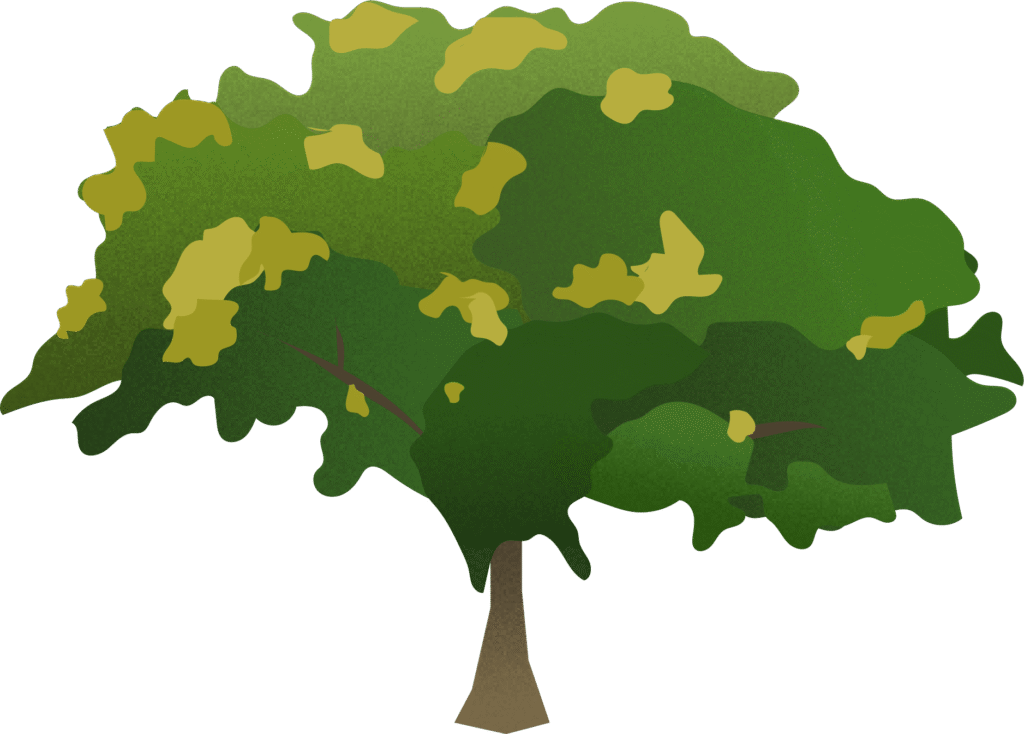
Narra
The Narra (Pterocarpus indicus) stands tall as the national tree of the Philippines. This nitrogen-fixing hardwood, renowned for its rich reddish hue and durability, has been widely used in fine furniture and reforestation efforts. Beyond its commercial value, Narra supports soil enrichment and provides habitat and food for pollinators.
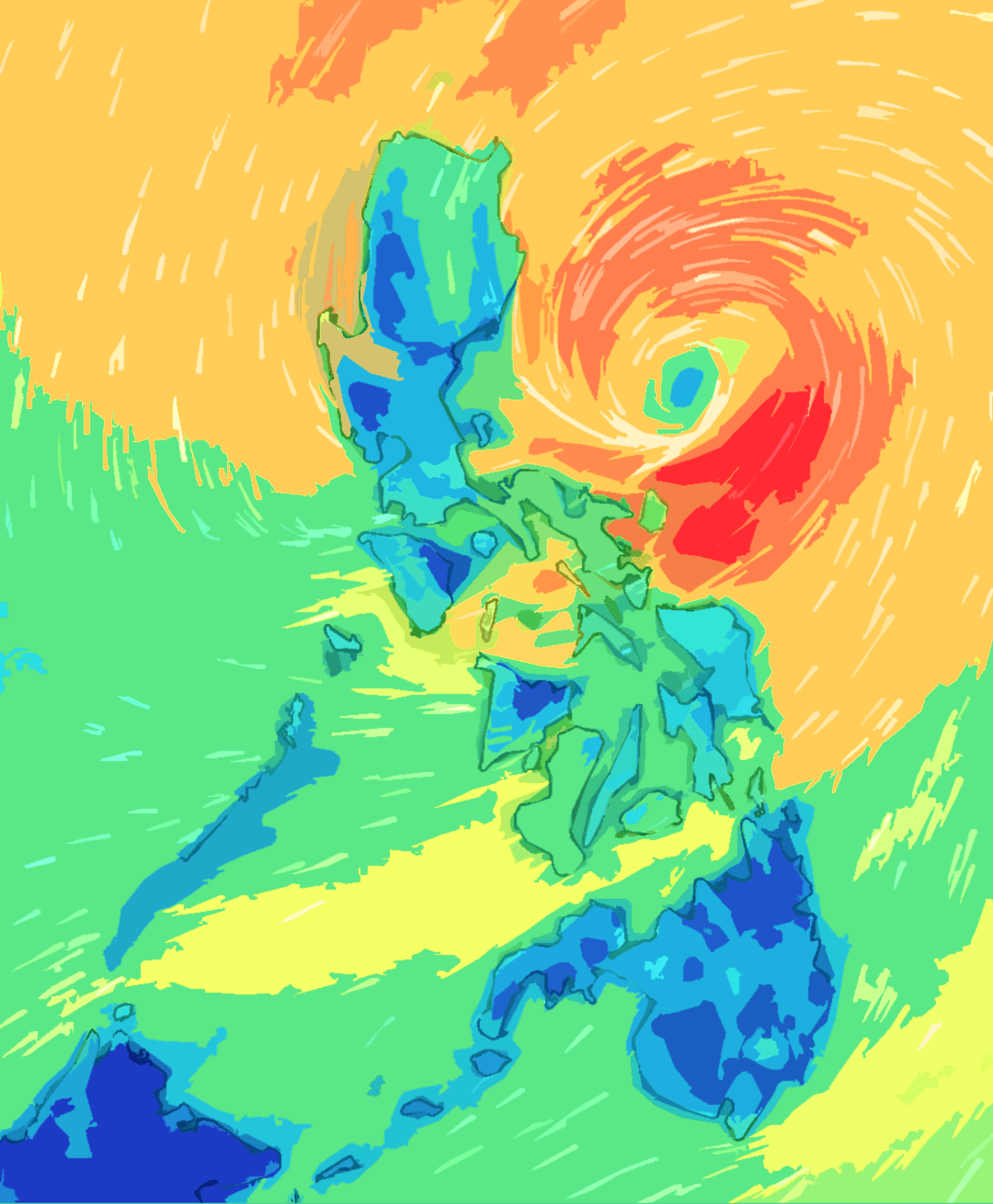
Natural Defense
The Sierra Madre serves as a natural barrier against typhoons originating from the Pacific Ocean. Its rugged terrain and dense forests help mitigate the impact of strong winds and heavy rainfall, reducing the severity of typhoons as they approach inland areas. This protective function is crucial for safeguarding communities and agricultural lands in Luzon.
Threats
Despite its significance, the Sierra Madre faces several environmental threats:
Deforestation
Illegal logging and land conversion for agriculture have led to significant loss of forest cover, endangering countless species and disrupting ecological balance.
Mining Activities
Unregulated mining operations pose severe risks to the mountain range’s integrity, leading to habitat destruction and pollution of water sources.
Infrastructure Development
The construction of roads and other infrastructures fragments habitats, making it difficult for wildlife to thrive and increasing vulnerability to natural disasters.
Deforestation
Illegal logging and land conversion for agriculture have led to significant loss of forest cover, endangering countless species and disrupting ecological balance.
Mining Activities
Unregulated mining operations pose severe risks to the mountain range’s integrity, leading to habitat destruction and pollution of water sources.
Infrastructure Development
The construction of roads and other infrastructures fragments habitats, making it difficult for wildlife to thrive and increasing vulnerability to natural disasters.
References
- Afuang, & Lois, D. (n.d.). The Northern Sierra Madre Natural Park. Mabuwaya Foundation, Inc.
- Persoon, G., Masipiqueña, A., Van Der Ploeg, J., Masipiqueña, & Van Weerd, M. (2009). Crossing Boundaries : celebrating 20 years of environmental research in Cagayan Valley and Sierra Madre. https://scholarlypublications.universiteitleiden.nl/access/item%3A2867551/view

